|
I never could have foreseen the difficulty of teaching. The heightened awareness that is required, the close attention to each student, even in a full room; the true, honest presence with each instruction and each question, always seeking not what I think to be "right", but balancing where each student is with the best next step for them. In this way, teaching is less about knowledge and more about complete awareness of what is happening, and then balancing the two.
My own practice has become essential in the maintainence and progress of my teaching. Not just in learning new postures or specific ways to instruct clearly, though that is also vitally important. It has become essential to maintain my own energy and focus, even as our schedule and demands increase. Ida talks sometimes about the sheer endurance required to travel around the country, the physical and mental stress of going to new places, changing eating and sleeping quality and schedules, and being present for what can be dozens of students at a time. It requires a lot of energy over an extended time. As yogis, we believe in the infinite energy present in the universe. It is not unlike physics. The question becomes, as humans, how can we access some of it? Surely we can tap into enough to power a couple measly human bodies through the rigors of travel and teaching. And so this is what a large part of my personal practice has become: finding and accessing the paths of energy in the body and mind. How do I use this energy to help others improve their health, or focus, or their access to the same energy? The picture above is from Texas last weekend, doing a headstand in the living room early in the morning before a long day of teaching. I have found no greater posture for focusing the mind and energy than Headstand. It is great to prepare for physical, mental and emotional exertion as well as recover from it.
1 Comment
David Lincecum
1/19/2017 08:51:34 am
I'm with you Scott. I have found 2 minutes of headstand followed by 2 minutes of shoulderstand is amazing to gain focus. I also find the retention of breath during pranayama seems to better distribute the Prana around the whole body, balancing the flow of each vayu. I'm starting practice with 20 minutes of pranayama faithfully. Love love love what you are doing and writing.
Reply
Leave a Reply. |
AUTHORSScott & Ida are Yoga Acharyas (Masters of Yoga). They are scholars as well as practitioners of yogic postures, breath control and meditation. They are the head teachers of Ghosh Yoga.
POPULAR- The 113 Postures of Ghosh Yoga
- Make the Hamstrings Strong, Not Long - Understanding Chair Posture - Lock the Knee History - It Doesn't Matter If Your Head Is On Your Knee - Bow Pose (Dhanurasana) - 5 Reasons To Backbend - Origins of Standing Bow - The Traditional Yoga In Bikram's Class - What About the Women?! - Through Bishnu's Eyes - Why Teaching Is Not a Personal Practice Categories
All
Archives
May 2024
|

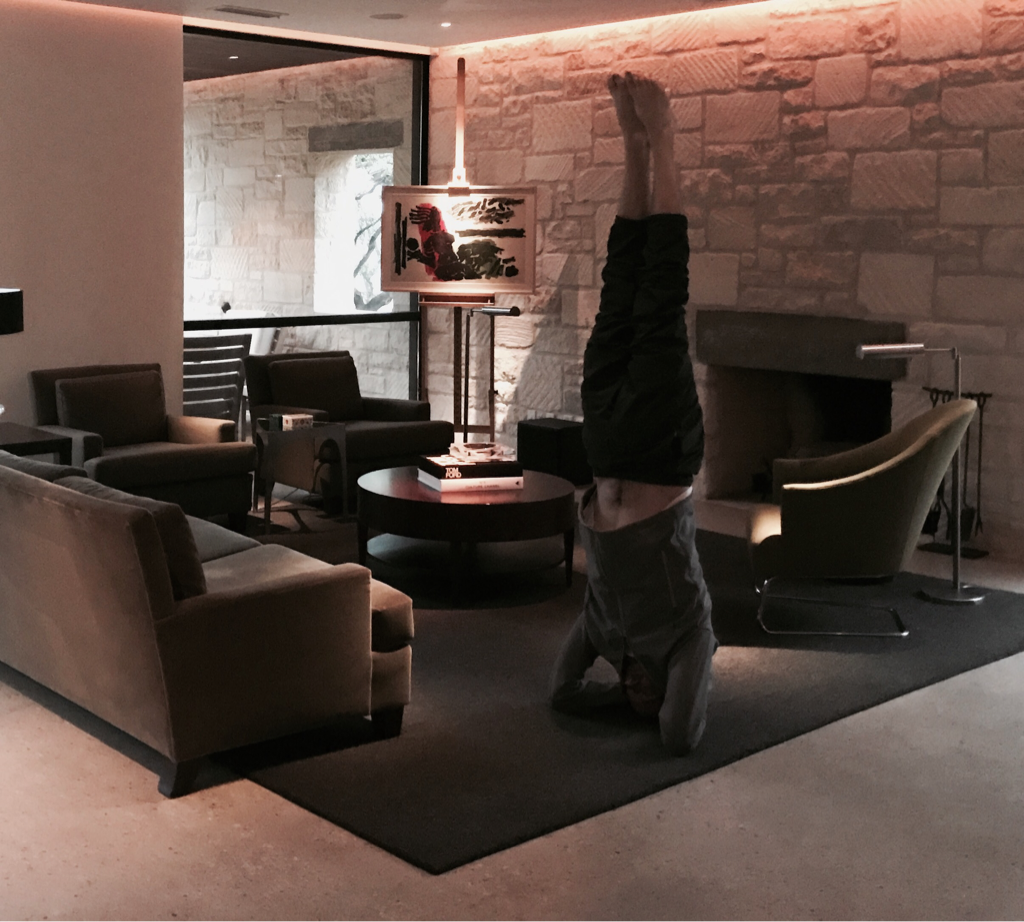
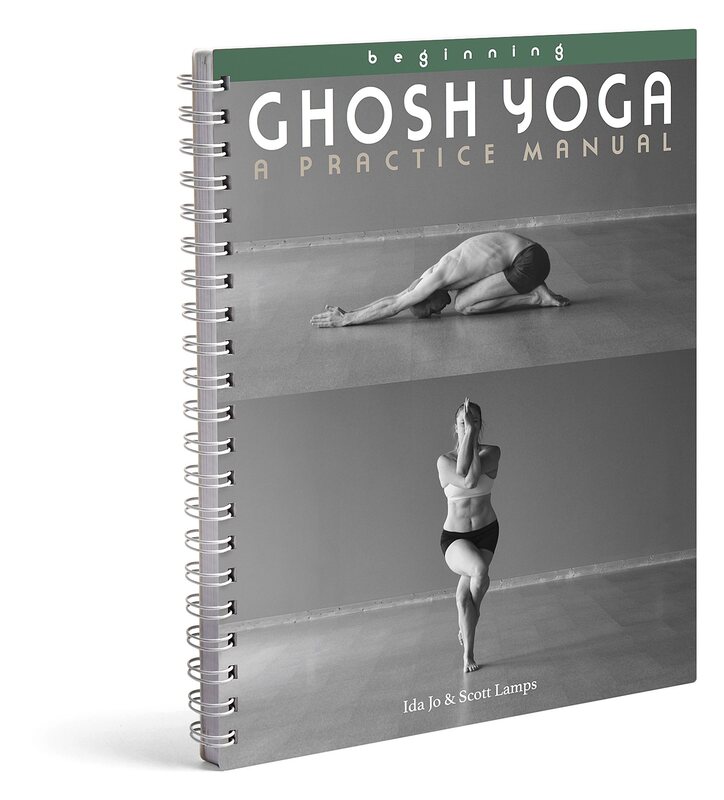
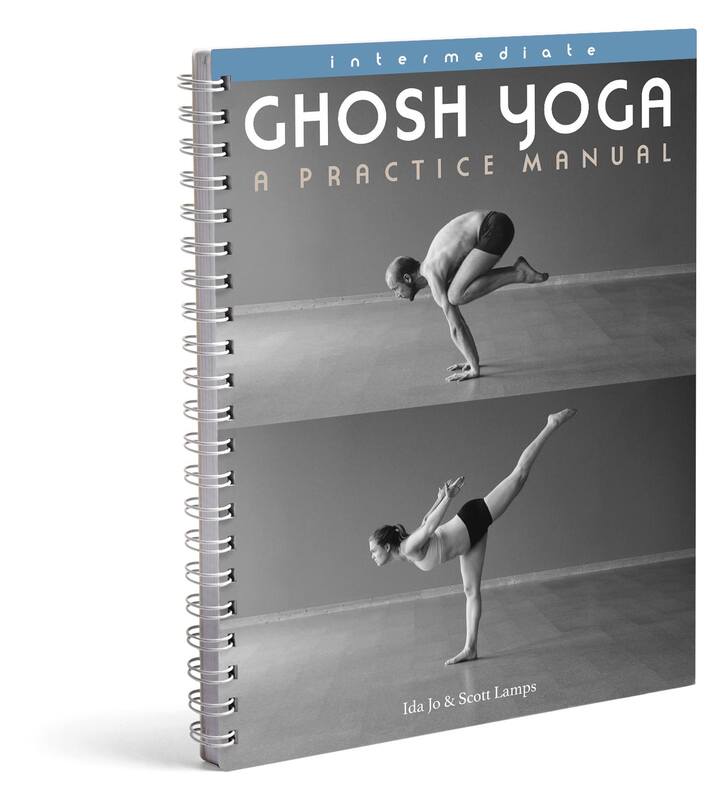
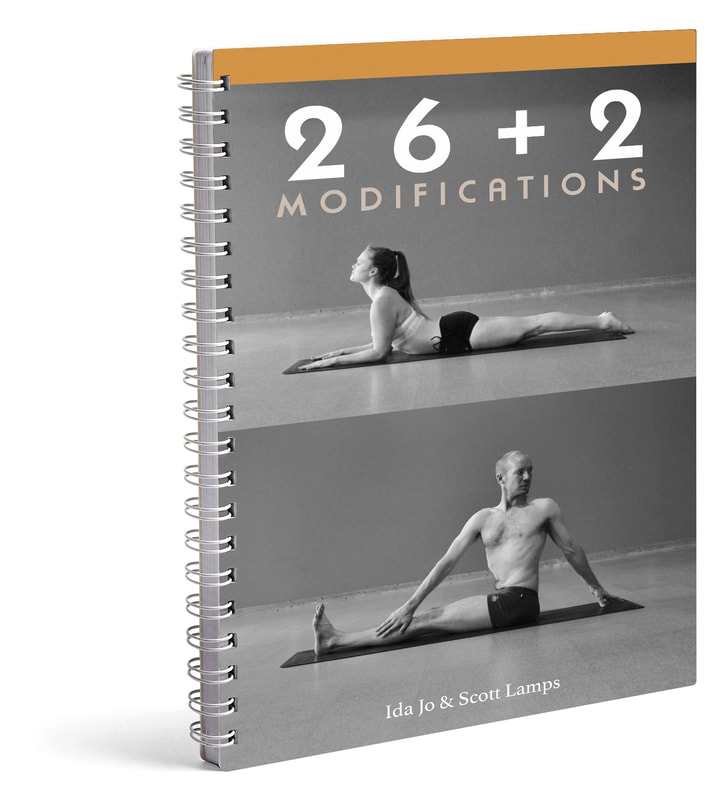
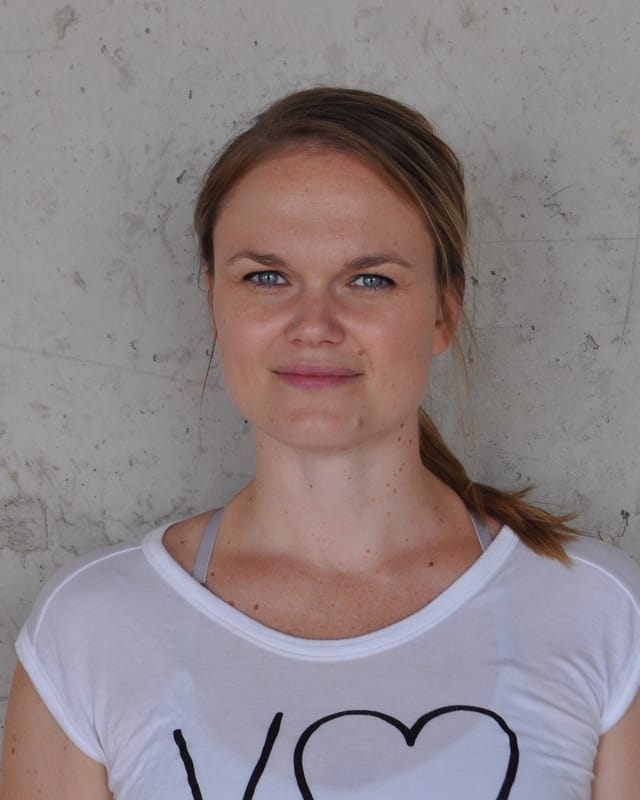
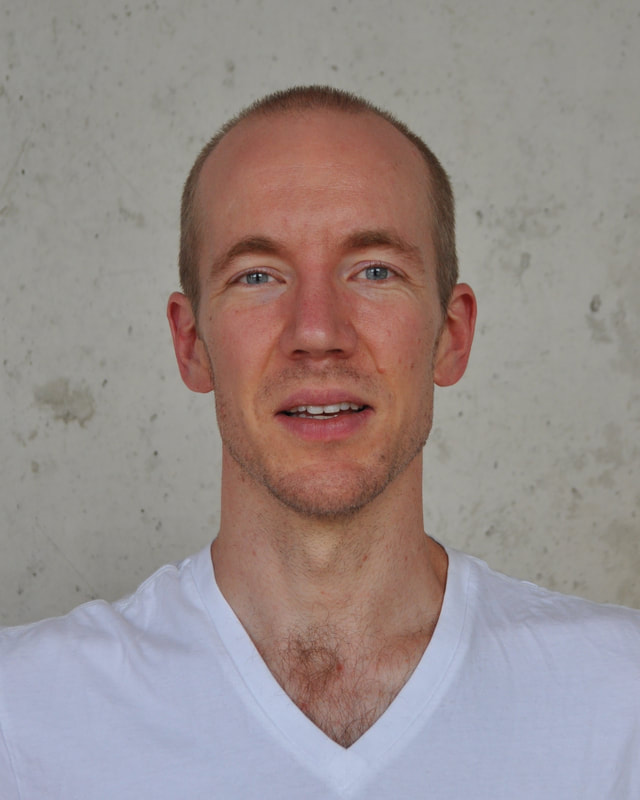
 RSS Feed
RSS Feed